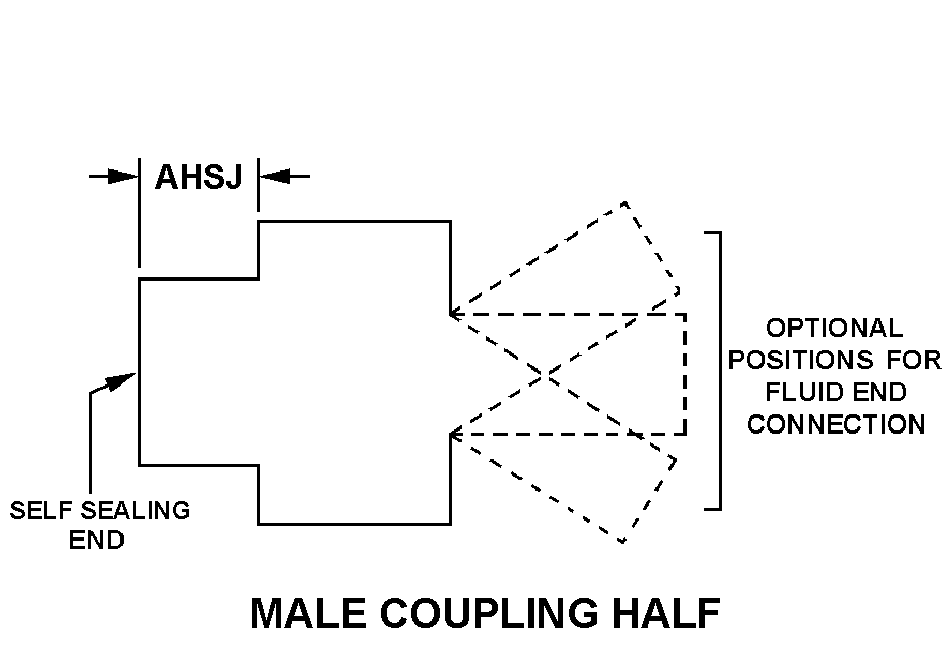4730012263327
Price Quote Get an up to date pricing and availability quote for this product. Order online or over the phone.
Quality Commitment
Serving our customers with quality and safety first.
- AS9120 Certified
- Audited supply chain
- ITAR Registered
- DDTC Registered
- HAZMAT Certified
- Customer service objectives
- Every product 100% inspected

4730-01-226-3327 Specification Set by the OEM (see RNCC code 3)
2a all ends
2.514in. and 2.546in. ⁓2-35/64"
imperial clevite, coupling half, SELF-Sealing, p/n 6305-65
310.0 deg fahrenheit single response
external seat for gasket seal all ends
threaded external boss first fluid end connection
SELF-Sealing
12 all ends
1.625in. all ends ⁓1-5/8"
steel body
astm A107 assn std 1st material response or astm A108 assn std 2nd material response body
cadmium and chromate body
QQ-P-416, type 2, class 3 fed spec all treatment responses body
male coupling half
un all ends
19207-10866372 manufacturers source control
Cross Reference Parts Part numbers that meet the specification outlined on this page and set by the OEM
Identification Item Identification Guide (IIG) and Item Name Code (INC)

Definition Definition of approved item name (AIN): "COUPLING HALF,SELF-SEALING"
A fluid line fitting having a pipe, tube or hose connection or a through hole to accommodate a bolt, fluid passage on one end. The other end must have an external or internal thread for connecting a mating part to form a self-sealing coupling assembly. The fitting has either a self-sealing feature for the purpose of automatically shutting off the flow of fluid when disconnected from its mating half, or, if it has no self-sealing feature, is specifically designed to mate with a fitting with a self-sealing feature. For self-sealing fittings with a quick disconnect end, see coupling half, quick disconnect. For fluid line fittings without a self-sealing feature, see coupling (as modified).
4730-01-226-3327 Material Hazmat, Precious Metals, Criticality, Enviroment, and ESD
Indicates there is no data in the hmirs and the nsn is in a fsc not generally suspected of containing hazardous materials.
Precious metal content is unknown
The item does not have a nuclear hardened feature or any other critical feature such as tolerance, fit restriction or application.
Identification Codes
HMIC: Hazardous Material Indicator Code. A one position code that identifies a hazardous item.
PMIC: Precious Metal Indicator Code. A one position code which identifies items that have precious metals as part of their content. precious metals are those metals generally considered to be uncommon, highly valuable, and relatively superior in certain properties such as resistance to corrosion and electrical conductivity.
ESD: Electrostatic Discharge. Indicates if an item is susceptible to electrostatic discharge or electromagnetic interference damage. electrostatic discharge damage occurs when an accumulation of static electricity generated by the relative motion or separation of materials is released to another item by direct contact. electromagnetic interference damage occurs when an item comes into proximity with an electrostatic or magnetic field.
ENAC: Enviromental Attribute Code. Identifies items with environmentally preferred characteristics.
CRITL: Criticality Indicator Code. Indicates an item is technically critical by tolerance, fit, application, nuclear hardness properties, or other characteristics.






